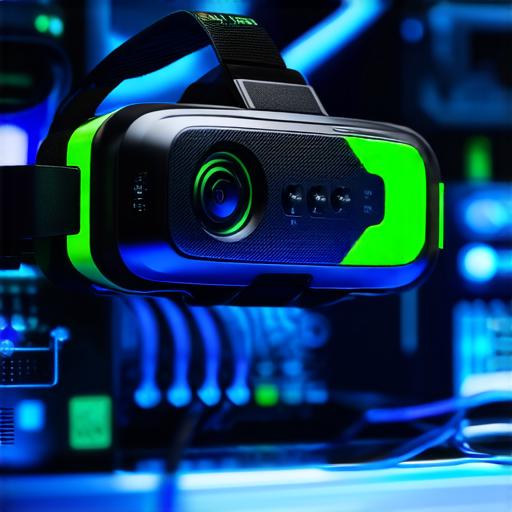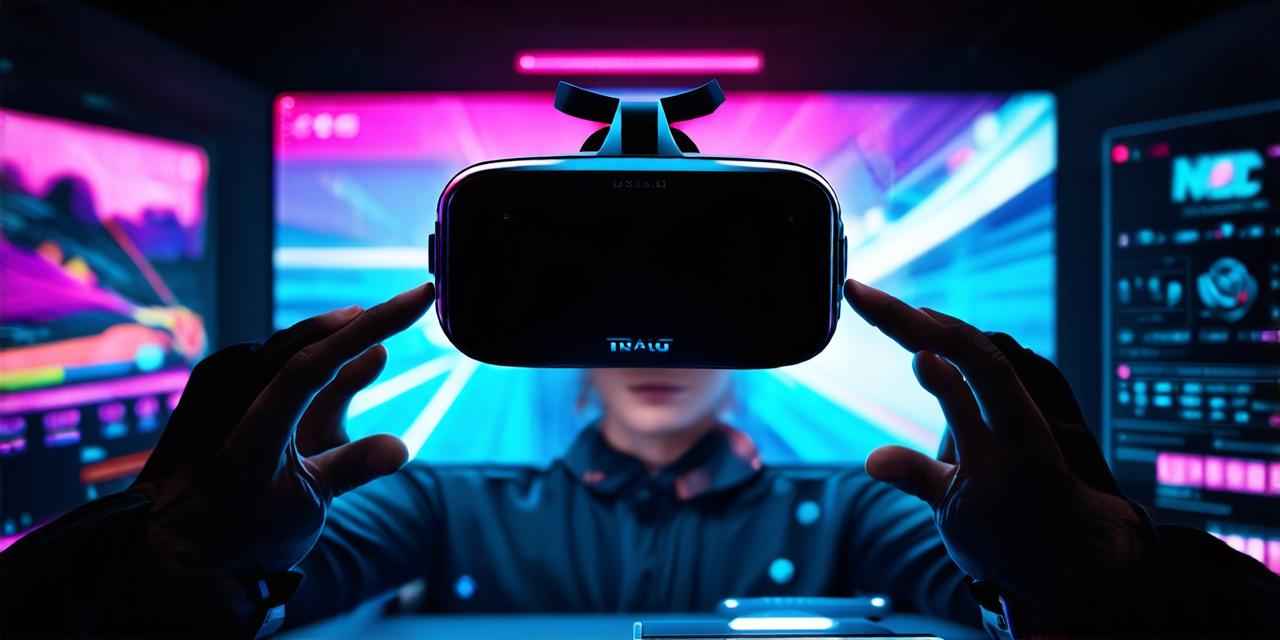Virtual reality (VR) technology has come a long way since its inception, and today’s VR headsets are more advanced than ever before. At their core, VR headsets function by immersing users in a simulated environment, allowing them to experience the world as if they were physically present.
How do VR Headsets Work?
At their most basic level, VR headsets consist of a pair of glasses or headset that track the movements of the user’s head. As the user moves their head, the sensors inside the headset detect those movements and adjust the display accordingly, creating the illusion of movement in the virtual environment.

One of the key components of a VR headset is its display. Most VR headsets use OLED (organic light-emitting diode) displays, which are known for their high resolution and wide viewing angle. These displays are typically split into two separate screens, one for each eye, and are mounted inside the headset to create a stereoscopic effect that simulates depth perception.
In addition to its display, a VR headset also includes sensors such as accelerometers and gyroscopes, which track the user’s head movement in real-time. These sensors work together with the headset’s software to create a 3D model of the user’s head, allowing for more accurate tracking of movements.
Another important component of VR headsets is their input devices. These can include hand controllers, foot pedals, or even full-body suits, which allow users to interact with the virtual environment in a variety of ways. For example, a user might use their hand controllers to grab and manipulate objects in the virtual world, or they might use their feet to control their movement.
Overall, VR headsets function by combining advanced display technology, motion tracking sensors, and input devices to create a fully immersive experience for the user. By simulating the movements of the real world and allowing users to interact with that virtual environment in a variety of ways, VR headsets offer an entirely new way of experiencing the world.
